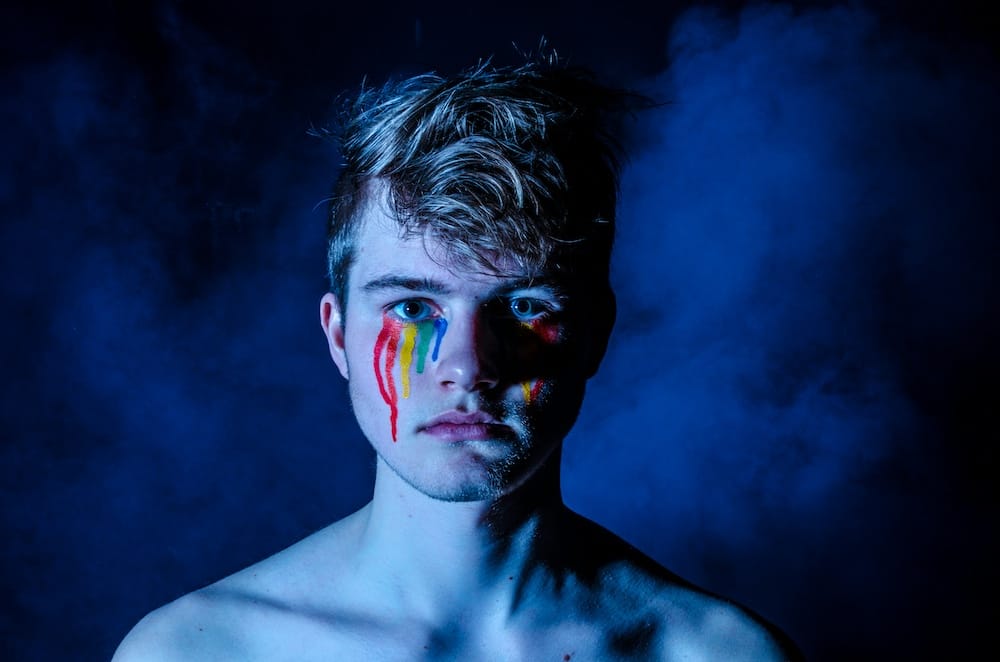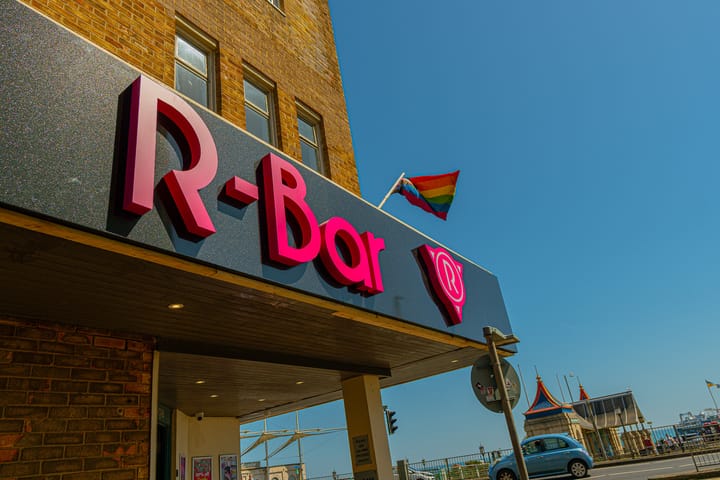Risk of suicide for LGB+ people over two times higher than straight counterparts
Risk of suicide for people identifying with an LGB+ orientation is over two times higher than for those identifying as “straight or heterosexual”, according to statistics released by the Office for National Statistics (ONS). The release from ONS uses death registrations and NHS hospital records link

Risk of suicide for people identifying with an LGB+ orientation is over two times higher than for those identifying as “straight or heterosexual”, according to statistics released by the Office for National Statistics (ONS).
The release from ONS uses death registrations and NHS hospital records linked to census data to estimate how the risk of self-harm and suicide differs by sexual orientation.
According to ONS, this analysis on sexual orientation is based on a “voluntary question in the 2021 Census for people aged 16 years and over”.
Compared with people identifying as “straight or heterosexual”, risk of intentional self-harm was 2.5 times higher for people identifying with an LGB+ orientation, 2.8 times higher for those describing themselves as “bisexual”, 2.4 times higher for those describing themselves as “gay or lesbian”, and 2.2 times higher for those who selected “other sexual orientation”.
Risk of suicide for people identifying with an LGB+ orientation was 2.2 times higher than for those identifying as “straight or heterosexual”.
Comparing those identifying with an LGB+ orientation with those identifying as “straight or heterosexual”, females had a larger relative increase in the risk of both intentional self-harm and suicide than males.
Comparing those identifying with an LGB+ orientation with those identifying as “straight or heterosexual”, people aged 16 to 24 years had a larger relative increase in the risk of intentional self-harm than all other age groups.
Commenting on the release, Emma Sharland, Principal Research Officer at Health Research Group at ONS, said: “This is our first analysis of intentional self-harm and suicide by sexual orientation, giving new insights to this important topic. Our results show there was an increased risk of intentional self-harm and suicide in those identifying as “gay or lesbian”, “bisexual” or “other sexual orientation” compared with people who identify as “straight or heterosexual”.
“Looking in more detail, our analysis highlights groups within the LGB+ community where the relative risk of intentional self-harm or suicide is particularly high compared with their “straight or heterosexual” counterparts. For self-harm this includes females, younger adults and those from a Black ethnic group. For suicides we also see this elevated risk in females, older adults and those from a Black ethnic group.
“Every death by suicide is a tragedy and has a devastating impact on family, friends and communities and we hope this analysis will provide valuable insight for those concerned with self-harm and suicide prevention.”
If you are struggling to cope, call Samaritans for free on 116 123 (UK and the Republic of Ireland) or contact other sources of support, such as those listed on the NHS help for suicidal thoughts web page.





Comments ()